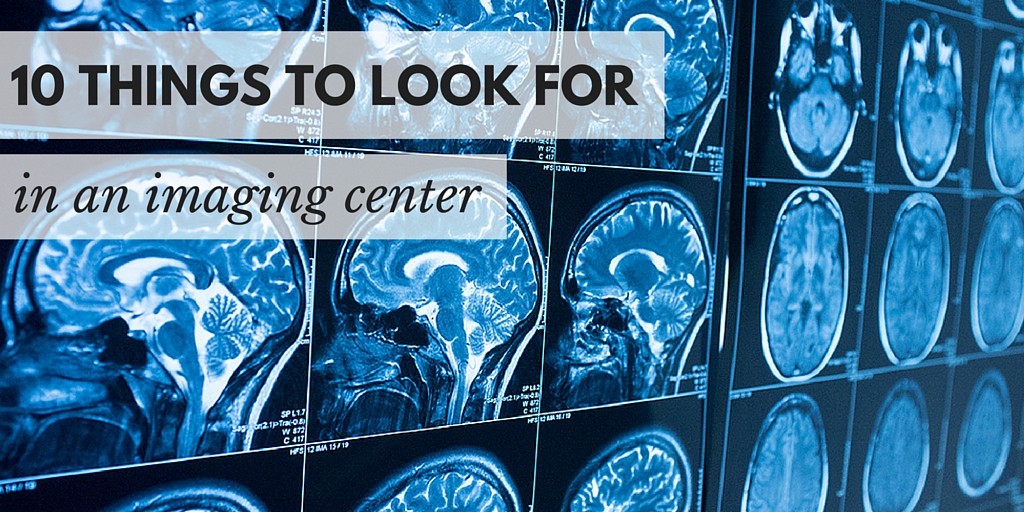You complained of knee pain, saw your doctor who wrote a script for an x-ray, and now you are charged with the decision of where to go in order to get your medical imaging procedure performed. If you are lucky, the physician’s nurse will recommend a place or may even set up your appointment for you, but most of us are stuck with the very real task of figuring out the best scenario to ensure good images as well as quick results back to your physician.
Medical imaging is the umbrella term used to describe procedures that visualize the human body including x-rays, MRI’s, and CT exams. Performed by radiologic technologists, they can be done in both self-standing imaging outpatient centers as well as larger hospitals that have imaging departments.
Some key factors to consider when choosing the medical imaging center that works best for you revolve around the three a’s: accessibility, affordability, and accreditation.
Accessibility: how easy is it for you to get to your imaging procedure and for your physician to get the report? Accessibility and convenience are everything these days! Being able to have your imaging procedure in a location that is near to your home, has parking that is easy and close to the building, and can offer appointment times that work around your life schedule are some of the most important factors to consider when choosing your imaging center. Many times outpatient imaging centers may offer a wider scheduling variety than hospitals that are also treating inpatients at the same time. Keep in mind that you will want a center that can provide the images and/or report back to your physician in a timely manner. You will also want to consider how many other exams you need to schedule. If you need multiple tests done, a hospital may be more suited to handle your needs.
Affordability: every imaging center charges patients differently. Imaging procedures can get pretty expensive! When you call for an appointment, feel free to ask what the cost of the exam will be. Many times, hospitals have a different payment scale for procedures than outpatient facilities or your particular insurance carrier may only cover the imaging service if it is done in the hospital versus an outpatient center. Knowing ahead of time what your out-of-pocket expense will be can eliminate surprises and reduce your stress levels. In this new age of consumer driven patient care, if they cannot tell you the price, you may want to look elsewhere.
Accreditation: all ACR accredited imaging centers offer the highest quality of care. Regardless of whether you choose an outpatient imaging center or a hospital based imaging department, the highest level of quality comes from places that are ACR accredited. You can find the gold seal that identifies this accreditation easily on imaging department websites or within their centers. You can also ask if they have accreditation when making the appointment. Such standards ensure that you will have highly qualified staff taking your images on the highest performing equipment. A win/win situation!
Written By: Julie Kaufield, MA, RT(R)



